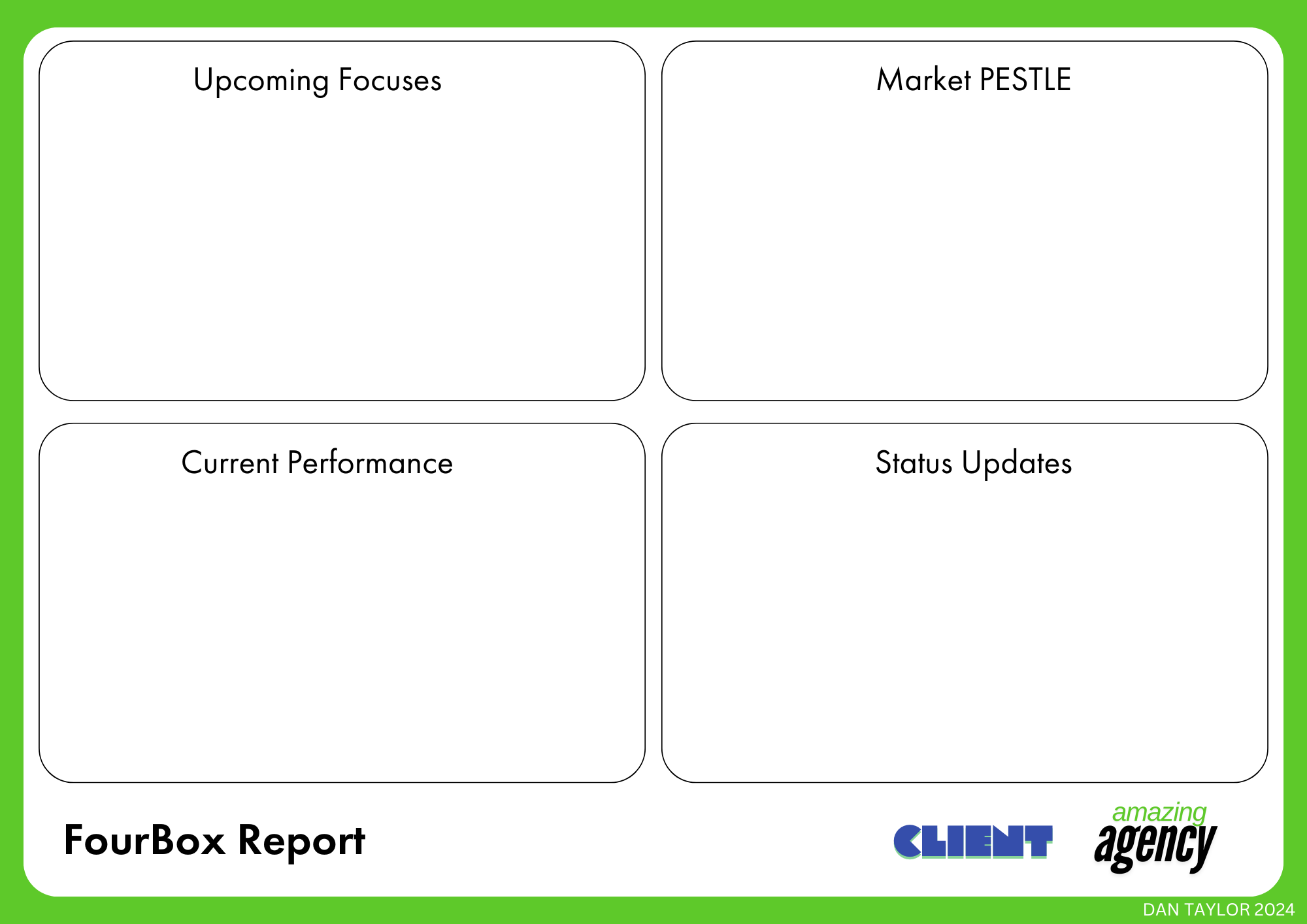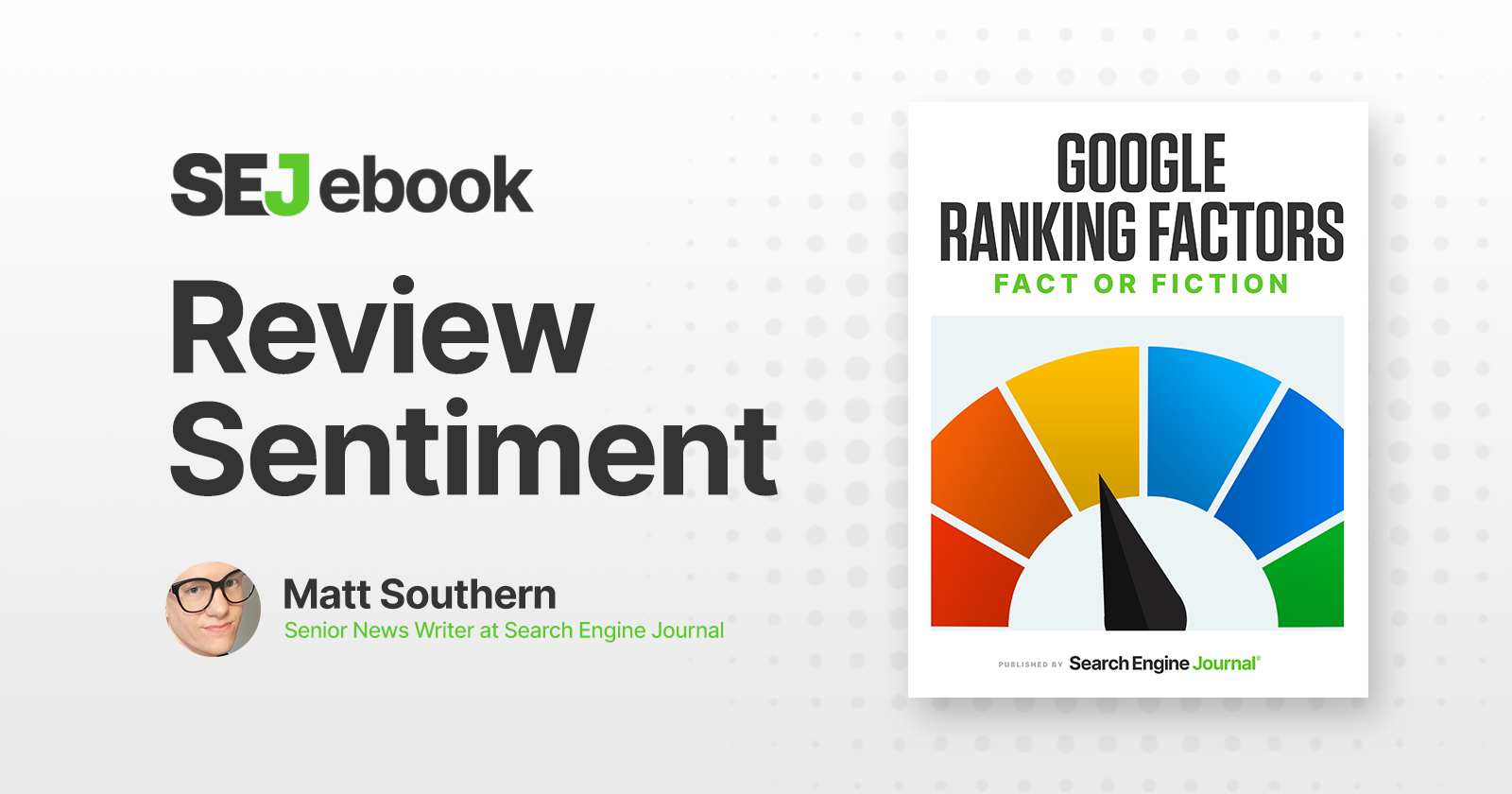Getting C-Level Buy-In For SEO Initiatives via @sejournal, @TaylorDanRW
Check out this guide to gaining C-suite support for SEO initiatives in enterprise. Learn how to clearly communicate the benefits and revenue potential of SEO. The post Getting C-Level Buy-In For SEO Initiatives appeared first on Search Engine Journal.

One of the biggest challenges in enterprise SEO is getting buy-in from the wider C-suite.
Typically, the CMO will sign off on your vendor engagement, having been involved in the selection process (more often than not) and helping smooth onboarding with other inbound and demand generation stakeholders.
Despite its potential to drive revenue, generate new-to-brand touchpoints, and improve customer acquisition, SEO’s value isn’t always immediately obvious to non-marketing stakeholders in the C-suite.
Over the past two decades, we’ve educated C-suite and SEO clients, in general, to judge the value of SEO campaigns on metrics such as rankings and traffic.
While these are important metrics in competitive enterprise verticals, relying solely on these metrics isn’t always a good indicator of a successful (or functional) SEO engagement.
C-level tends to focus on the bigger picture how the business can grow, how risks can be mitigated, and, importantly, that a return on investment (ROI) can be demonstrated from investment in marketing, operations, and internal resources.
To gain wider buy-in, SEO needs to be positioned and communicated as a part of the organization’s overall strategy and not a standalone tactic in the user acquisition playbook.
Understanding What Matters To C-Level Leaders
The first step is understanding what matters to those in the C-suite. With this, we can make our communications more relatable.
As mentioned in the introduction, three core things I’ve found all C-levels to care about regardless of the organization size are:
Reducing paid media reliance. Risk management. Increasing revenue and long-term profitability.SEO can be presented as a way to achieve all these objectives in some form, whether it be improving the technical proficiency of the website for search engine and LLM crawlers, or developing content to increase brand visibility and new-to-brand (NTB) touchpoints.
These outcomes can be measured and can tangibly be connected back to these things that C-level care about, and what they might be judged on by the executive board as to whether or not they have been successful themselves.
From my experience, outside of the CMO, the general understanding and view of SEO within the C-suite is that it is unpredictable.
Or, knowledge is limited, and the difference (and value) between consultancy and an automated report from any given tool isn’t understood.
The only way to overcome this perception is through clear, SEO-jargon-free communications that tie back to tangible business outcomes in the short-, medium-, and long-term.
Instead of reporting back keyword rankings and the “day to day” campaign metrics, we should be giving C-level the topline numbers and outlining the bigger picture outcomes of what we’re trying to achieve.
Simplifying the narrative ensures that the C-level sees SEO as a reliable growth driver.
Engaging Stakeholders Across The Organization
Securing C-level buy-in for SEO requires building support across the organization.
Executives rarely make decisions in isolation, so engaging key stakeholders who influence their decision-making is critical.
Fostering alignment with other marketing, sales, and engineering teams can go a long way to gaining unified support for SEO initiatives, as well as active SEO team involvement in different projects that might affect overall web performance.
Start by identifying advocates within the organization. The marketing team, for example, can help highlight how SEO complements broader campaigns by driving organic traffic and reducing dependency on paid media.
Sales teams can reinforce how SEO brings in high-intent leads that convert into revenue.
Partnering with IT ensures that technical roadblocks are addressed, demonstrating operational readiness for SEO initiatives.
These collaborations build a coalition of support that strengthens your pitch.
Anticipate objections and address them proactively. Common concerns from executives often revolve around costs, resource allocation, and uncertainty of results.
Be prepared with data-driven answers that highlight SEO’s ROI, examples of quick wins, and the compounding benefits of long-term investment.
If cost is a concern, show how SEO’s efficiency compares to other acquisition channels. If timelines are questioned, outline a realistic roadmap with measurable milestones.
Building Roadmaps & Reports
Roadmaps and reports fulfill two important functions.
Roadmaps help visualize and communicate the tangible executables towards achieving the goals of the strategy, and reporting closes the loop on how effective they have been.
Effective reporting should be a pivotal communication tool in developing and maintaining the C-level relationship.
Effective Roadmaps
A clear and realistic roadmap is essential to turn approval into action.
Executives expect a well-defined plan that outlines key milestones, timelines, and measurable outcomes, ensuring resources are allocated effectively and progress is trackable.
Start by setting realistic expectations. SEO is a long-term investment, but breaking it into manageable phases helps demonstrate early wins while keeping the long-term vision intact.
Define key deliverables for each phase, such as improving site speed, optimizing high-impact pages, or fixing critical technical issues.
Pair these milestones with clear KPIs such as increases in organic traffic, conversion rates, or revenue growth so progress is easy to measure and communicate.
Budget and resource planning should be a central part of the roadmap.
Highlight the tools (if additional investment is needed by the business), talent, and time needed to execute the plan, showing how each investment contributes to business goals.
It’s also important to emphasize adaptability. A lot of SEO roadmaps often come across as Gantt charts of tactics without being brought to life and highlighting how they are contributing to the overall objectives, or that they are, more often than not, placeholders based on the current data and open to change should it be needed.
SEO priorities can shift as business needs change, so build flexibility into the roadmap to accommodate evolving goals or market conditions.
Regularly review progress, gather feedback, and adjust the plan to stay aligned with both SEO objectives and broader company strategies.
Effective Reporting
Effective reporting for C-level goes beyond performance reporting and pointing to SEO metrics and graphs.
While they are invested in the overall success of the business and how SEO is contributing to it, they are also often time-poor.
You need to use concise, visual tools like a Four-Box Report to keep executives informed without overwhelming them with lots of data and commentary. The Four-Box should be concise (by default, it’s a single page) and digestible.
A Four-Box Report is a visual reporting framework that organizes information into four quadrants, typically arranged in a 2×2 grid.
 Image from author, November 2024
Image from author, November 2024
From experience, the quadrants aren’t always the same size since the information within them differs.
What’s important is they don’t move around the page, so over time, the recipients become familiar with the layout and which quadrant contains what information.
Each quadrant usually represents a distinct category, perspective, or type of data, depending on the report’s purpose.
Not all Four-Box Reports are the same, but my starting template typically consists of:
“SEO Focused” PESTLE: This version helps evaluate an organization, project, or initiative’s internal and external factors. Looking at the wider ecosystem helps tie back performance to “real-world” impacts, which is important given how many mainstream headlines Google tends to get in the marketing space. Performance Metrics: Focus on four key areas, such as financial results, customer metrics, internal processes, and future growth. Strategic Prioritization: Examples of upcoming high-impact initiatives and how they tie back to the overall KPIs. 30,000-ft View Status Updates: Categories like “What’s Going Well,” “Challenges,” “Next Steps,” and “Support Needed.”These reports also need to evolve over time and with feedback from the recipients to remain relevant and provide value.
Other elements I’ve added over time include project statements and RAG tables for specific tactics.
In Conclusion: Align SEO Wins With C-Level Priorities
Tie progress to KPIs that align with business goals. If organic traffic increases by 25% and adds $X in revenue, celebrate that win.
By consistently demonstrating SEO’s tangible impact, you ensure it remains a strategic priority.
By framing SEO as a strategic investment, aligning it with executive priorities, and delivering measurable results, you can secure and sustain the support needed to make your SEO initiatives a success.
More resources:
Communicating Major Google Changes To C-Suite SEO And The CFO: Tips To Improve Your Relationship 5 Key Enterprise SEO Priorities CMOs Need To Get RightFeatured Image: fizkes/Shutterstock

 Hollif
Hollif 
































